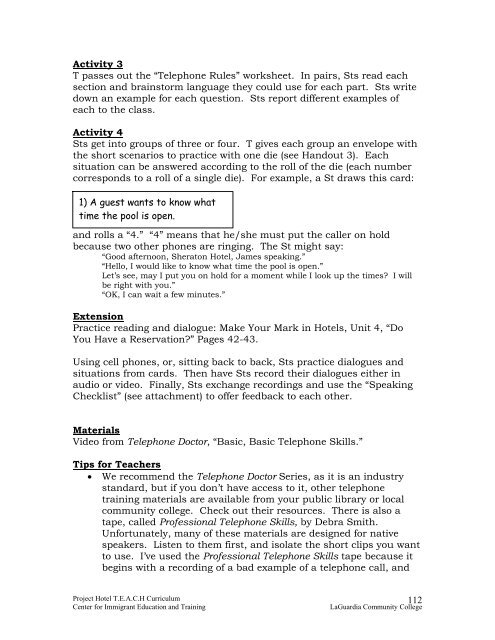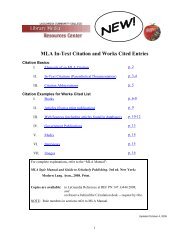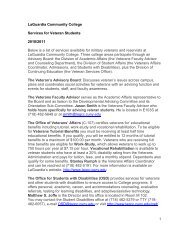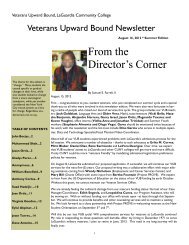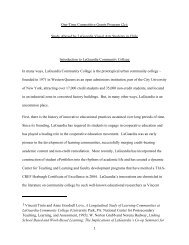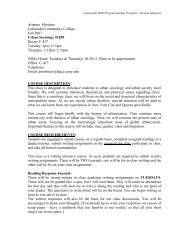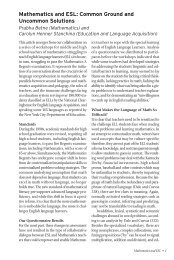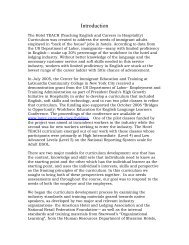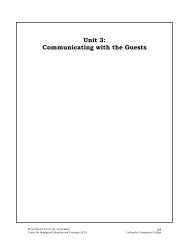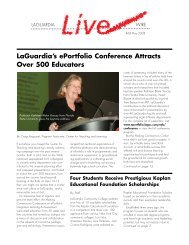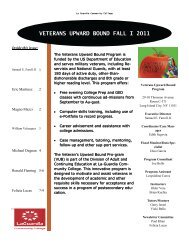Unit 4: Explaining Hotel Services to Guests and Providing Information
Unit 4: Explaining Hotel Services to Guests and Providing Information
Unit 4: Explaining Hotel Services to Guests and Providing Information
You also want an ePaper? Increase the reach of your titles
YUMPU automatically turns print PDFs into web optimized ePapers that Google loves.
Activity 3<br />
T passes out the “Telephone Rules” worksheet. In pairs, Sts read each<br />
section <strong>and</strong> brains<strong>to</strong>rm language they could use for each part. Sts write<br />
down an example for each question. Sts report different examples of<br />
each <strong>to</strong> the class.<br />
Activity 4<br />
Sts get in<strong>to</strong> groups of three or four. T gives each group an envelope with<br />
the short scenarios <strong>to</strong> practice with one die (see H<strong>and</strong>out 3). Each<br />
situation can be answered according <strong>to</strong> the roll of the die (each number<br />
corresponds <strong>to</strong> a roll of a single die). For example, a St draws this card:<br />
1) A guest wants <strong>to</strong> know what<br />
time the pool is open.<br />
<strong>and</strong> rolls a “4.” “4” means that he/she must put the caller on hold<br />
because two other phones are ringing. The St might say:<br />
“Good afternoon, Shera<strong>to</strong>n <strong>Hotel</strong>, James speaking.”<br />
“Hello, I would like <strong>to</strong> know what time the pool is open.”<br />
Let’s see, may I put you on hold for a moment while I look up the times? I will<br />
be right with you.”<br />
“OK, I can wait a few minutes.”<br />
Extension<br />
Practice reading <strong>and</strong> dialogue: Make Your Mark in <strong>Hotel</strong>s, <strong>Unit</strong> 4, “Do<br />
You Have a Reservation?” Pages 42-43.<br />
Using cell phones, or, sitting back <strong>to</strong> back, Sts practice dialogues <strong>and</strong><br />
situations from cards. Then have Sts record their dialogues either in<br />
audio or video. Finally, Sts exchange recordings <strong>and</strong> use the “Speaking<br />
Checklist” (see attachment) <strong>to</strong> offer feedback <strong>to</strong> each other.<br />
Materials<br />
Video from Telephone Doc<strong>to</strong>r, “Basic, Basic Telephone Skills.”<br />
Tips for Teachers<br />
• We recommend the Telephone Doc<strong>to</strong>r Series, as it is an industry<br />
st<strong>and</strong>ard, but if you don’t have access <strong>to</strong> it, other telephone<br />
training materials are available from your public library or local<br />
community college. Check out their resources. There is also a<br />
tape, called Professional Telephone Skills, by Debra Smith.<br />
Unfortunately, many of these materials are designed for native<br />
speakers. Listen <strong>to</strong> them first, <strong>and</strong> isolate the short clips you want<br />
<strong>to</strong> use. I’ve used the Professional Telephone Skills tape because it<br />
begins with a recording of a bad example of a telephone call, <strong>and</strong><br />
Project <strong>Hotel</strong> T.E.A.C.H Curriculum<br />
Center for Immigrant Education <strong>and</strong> Training<br />
112<br />
LaGuardia Community College


